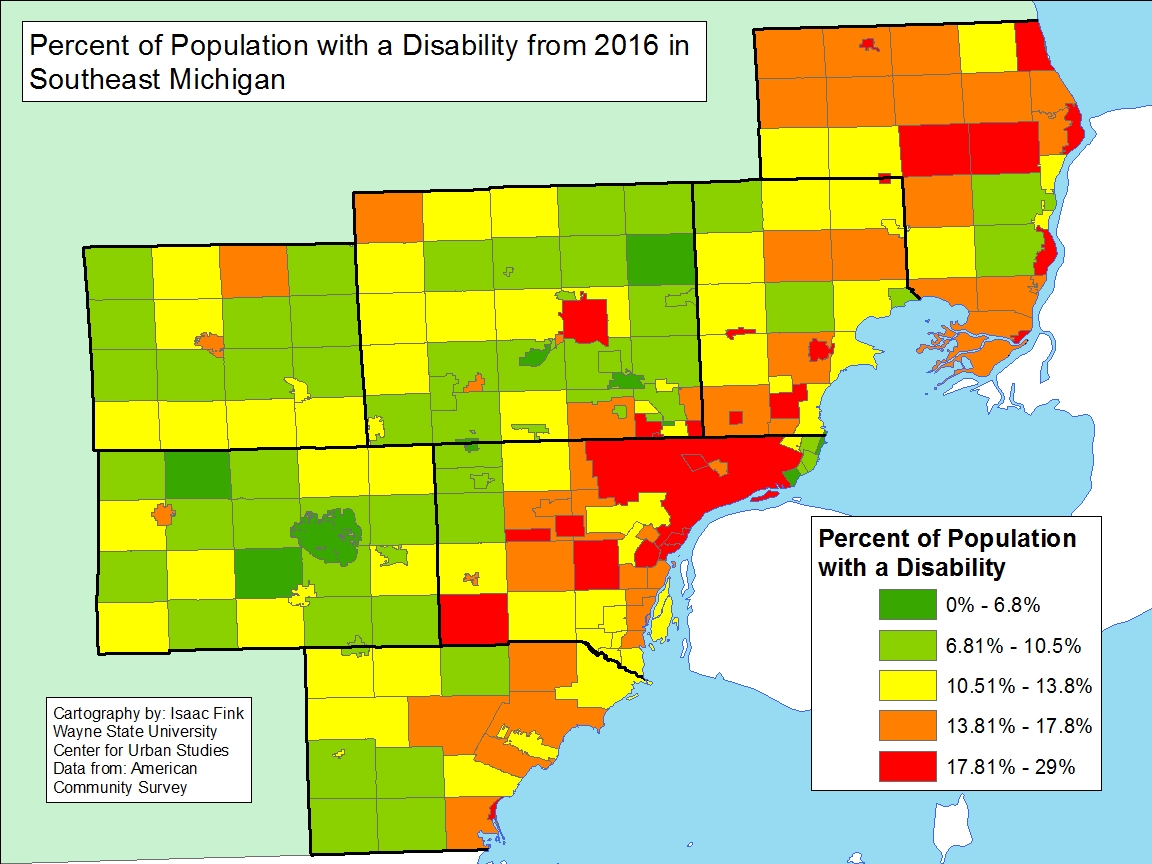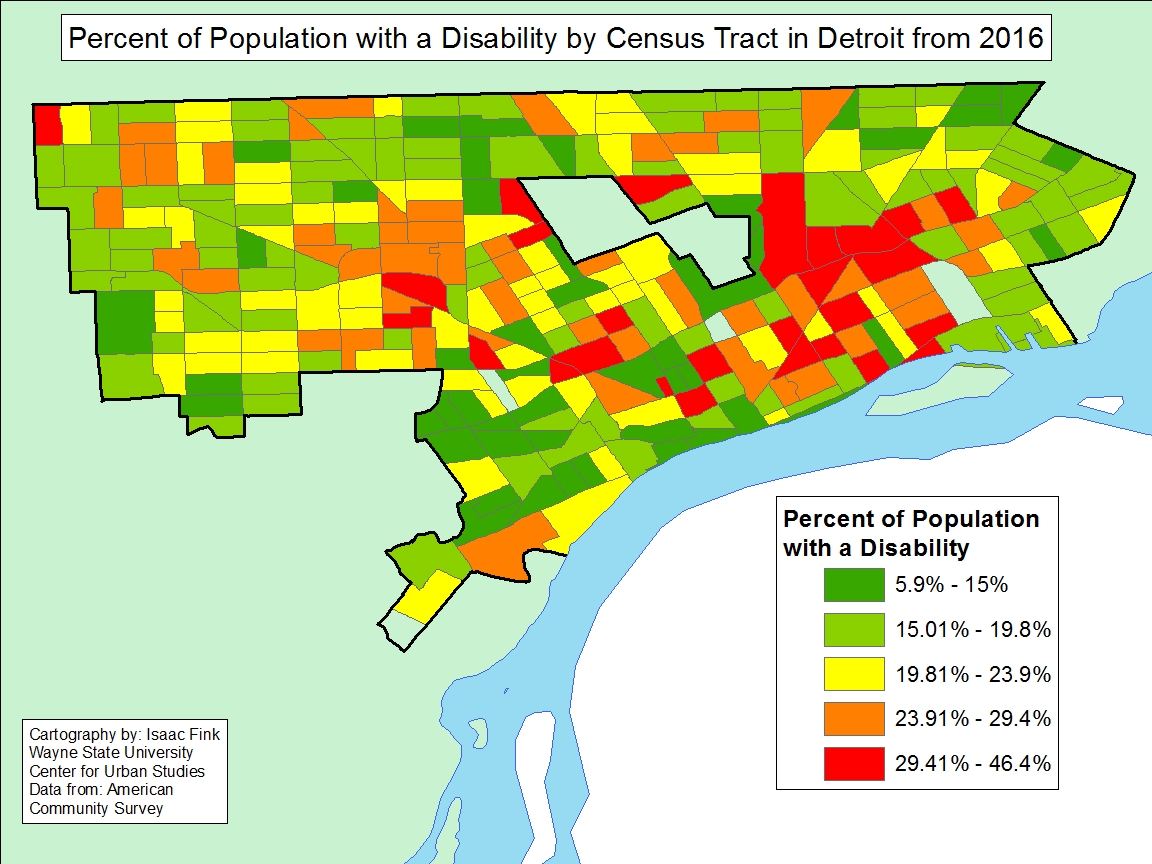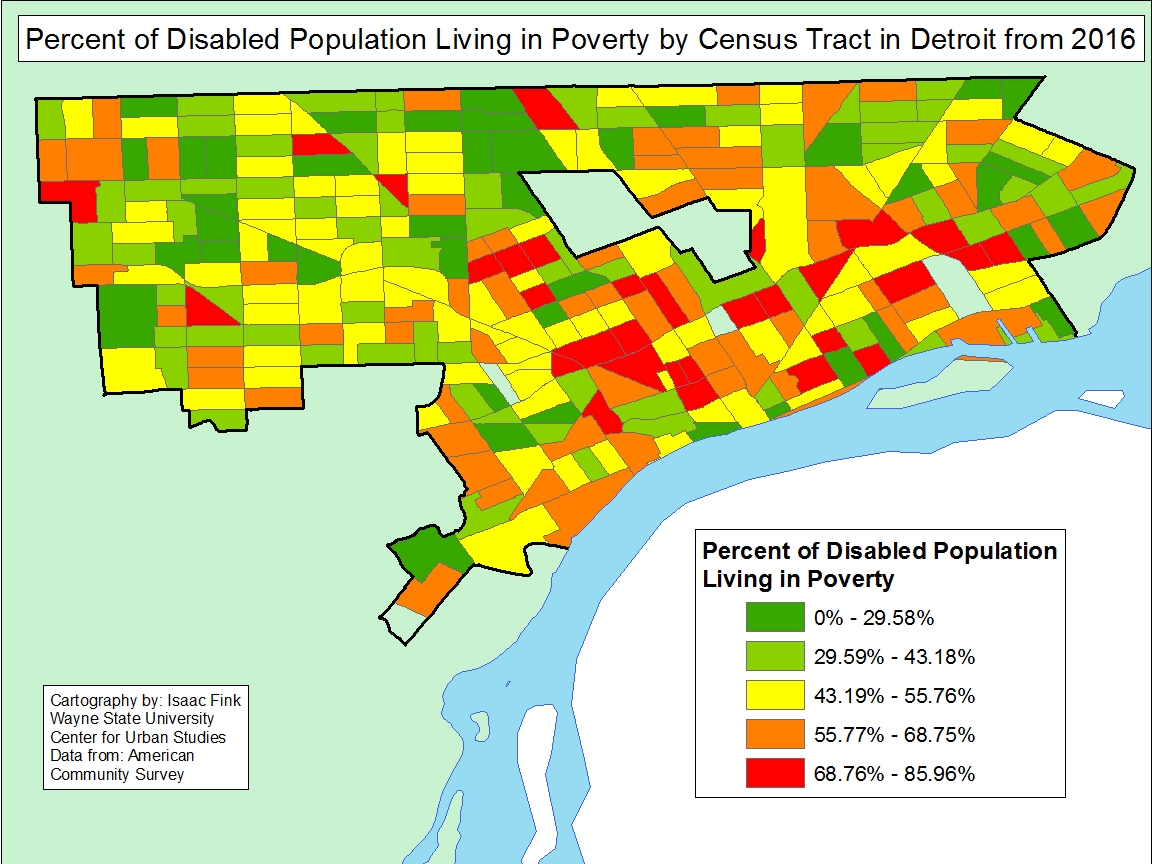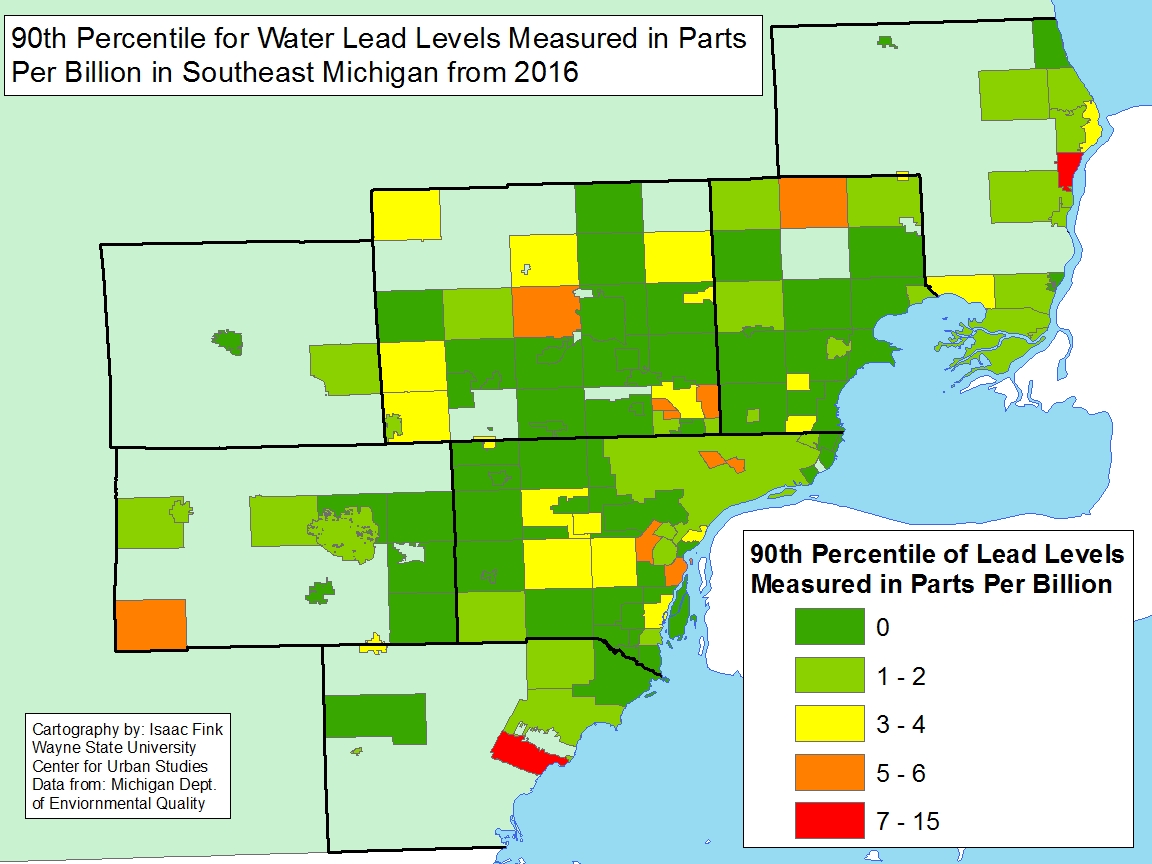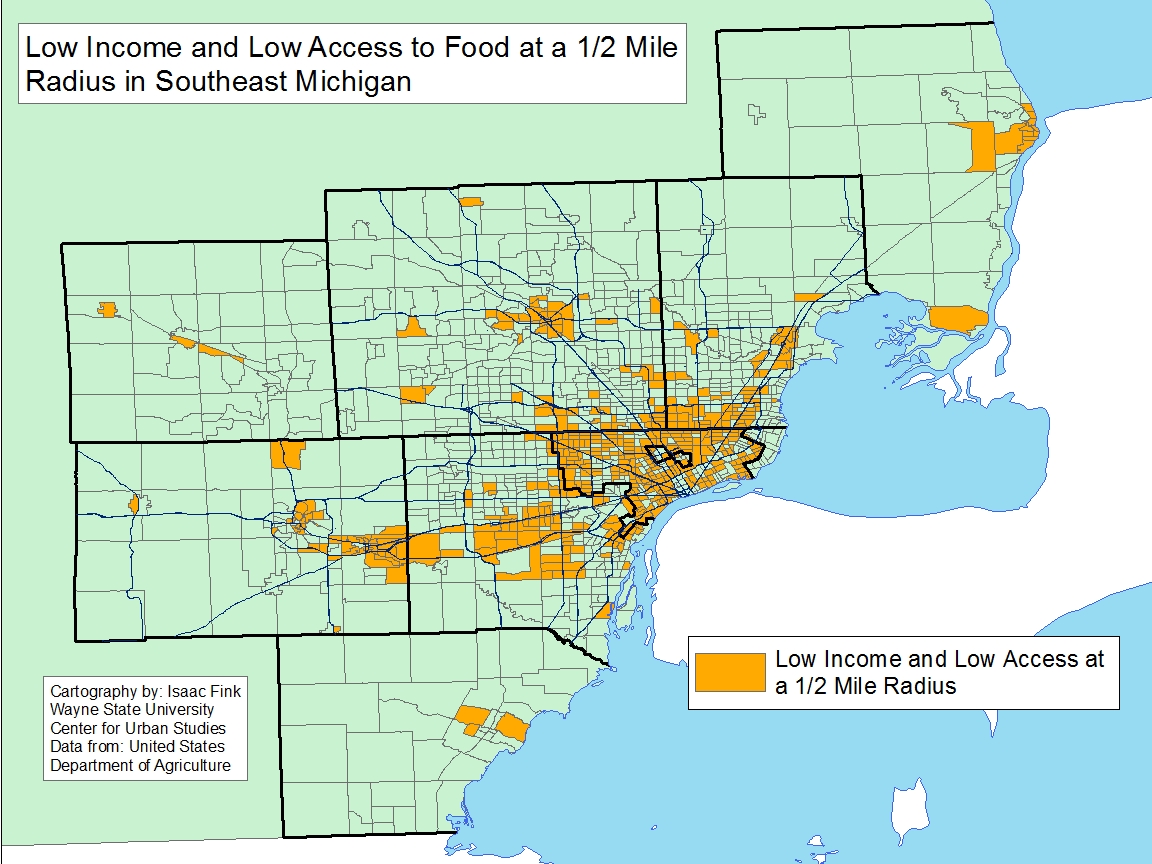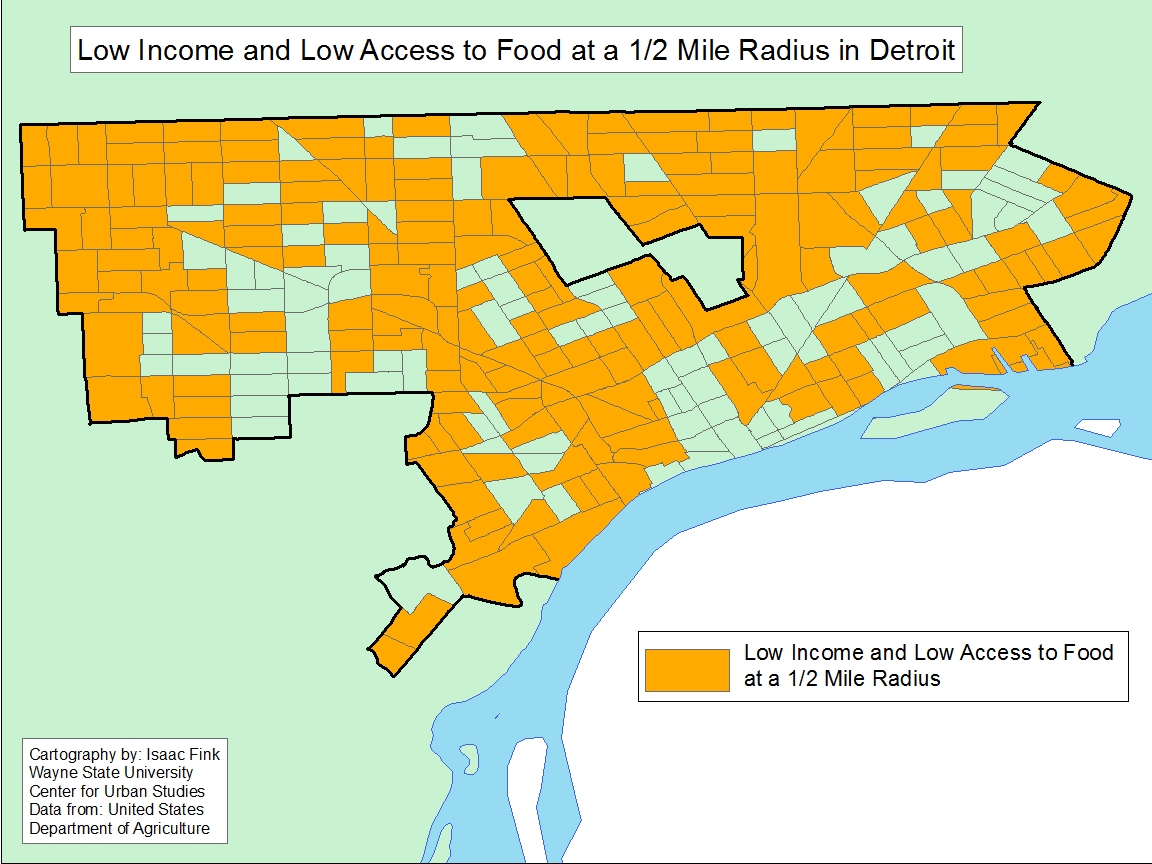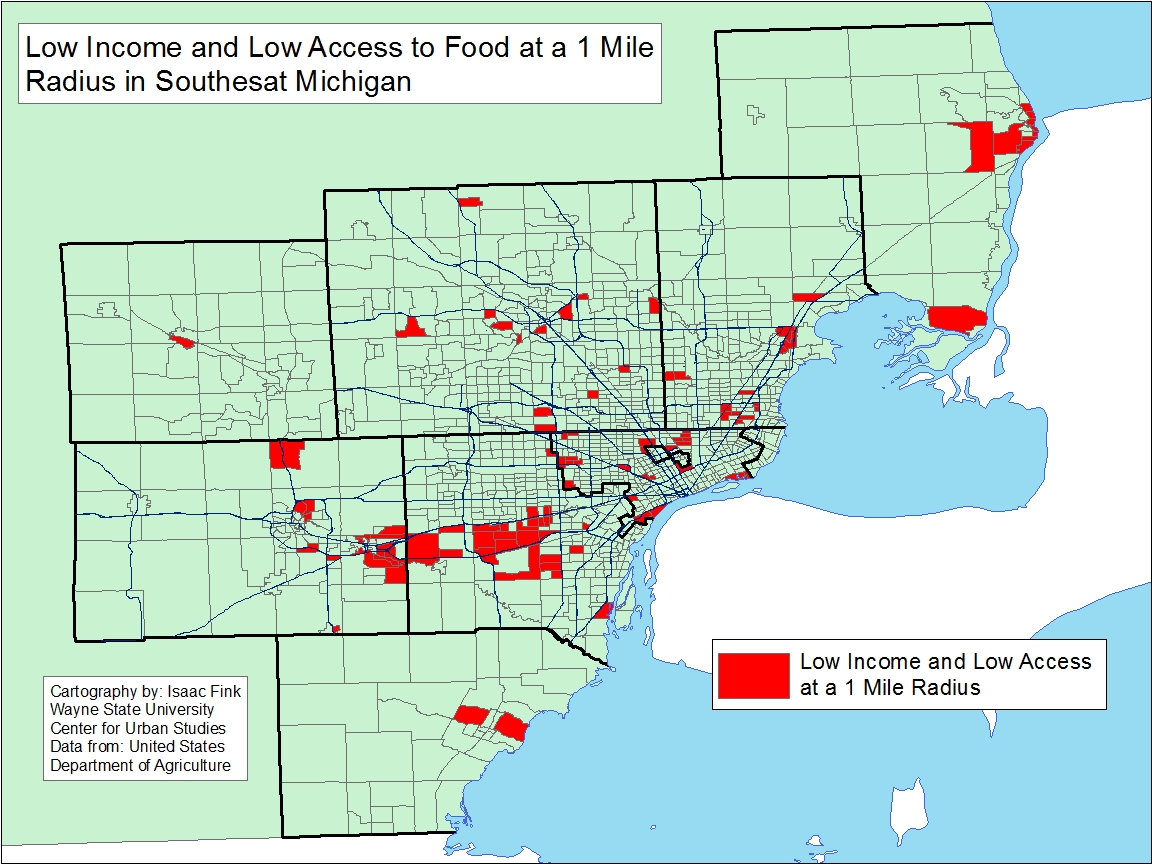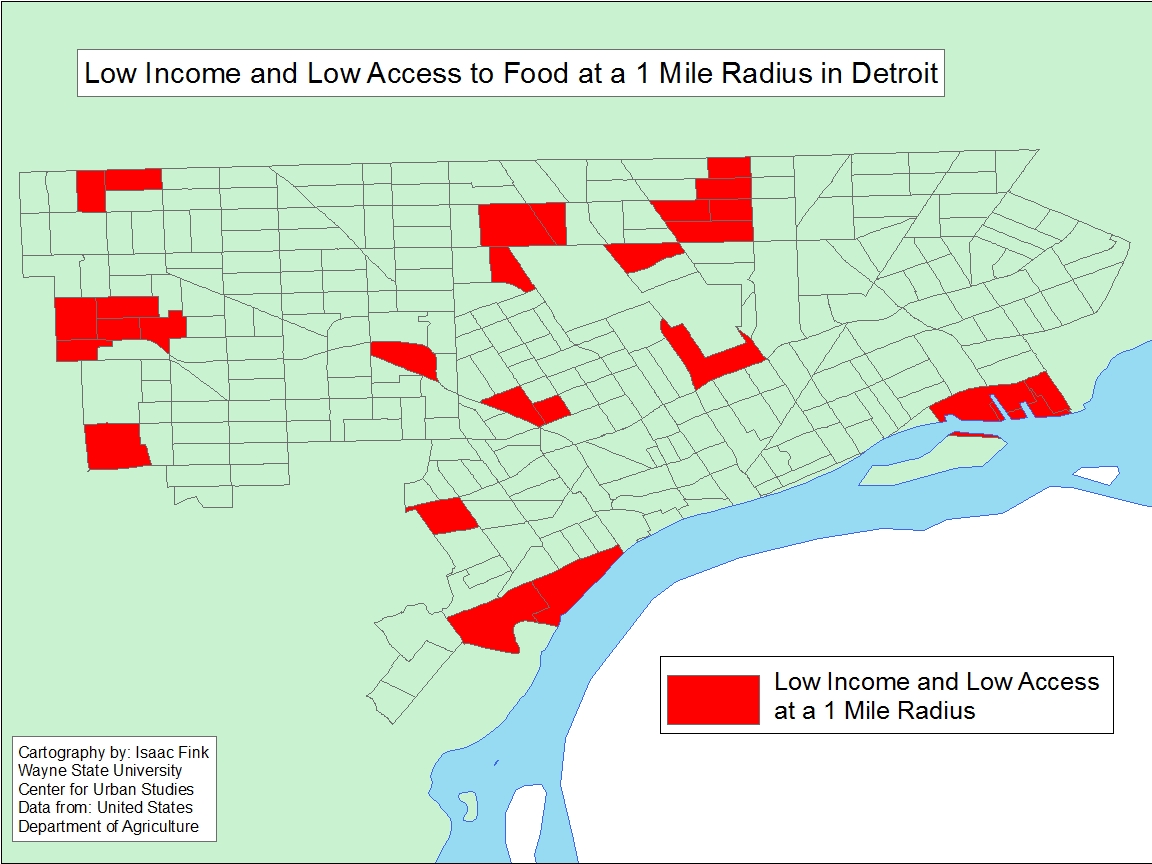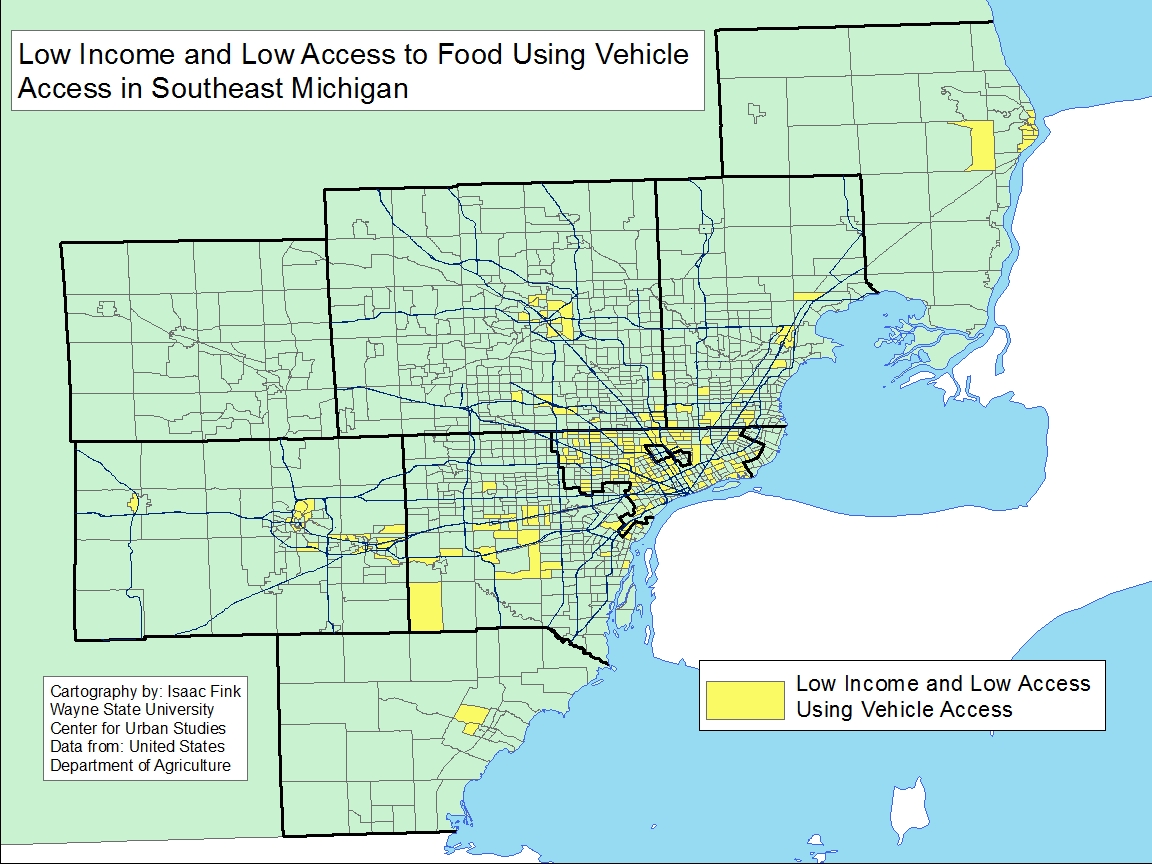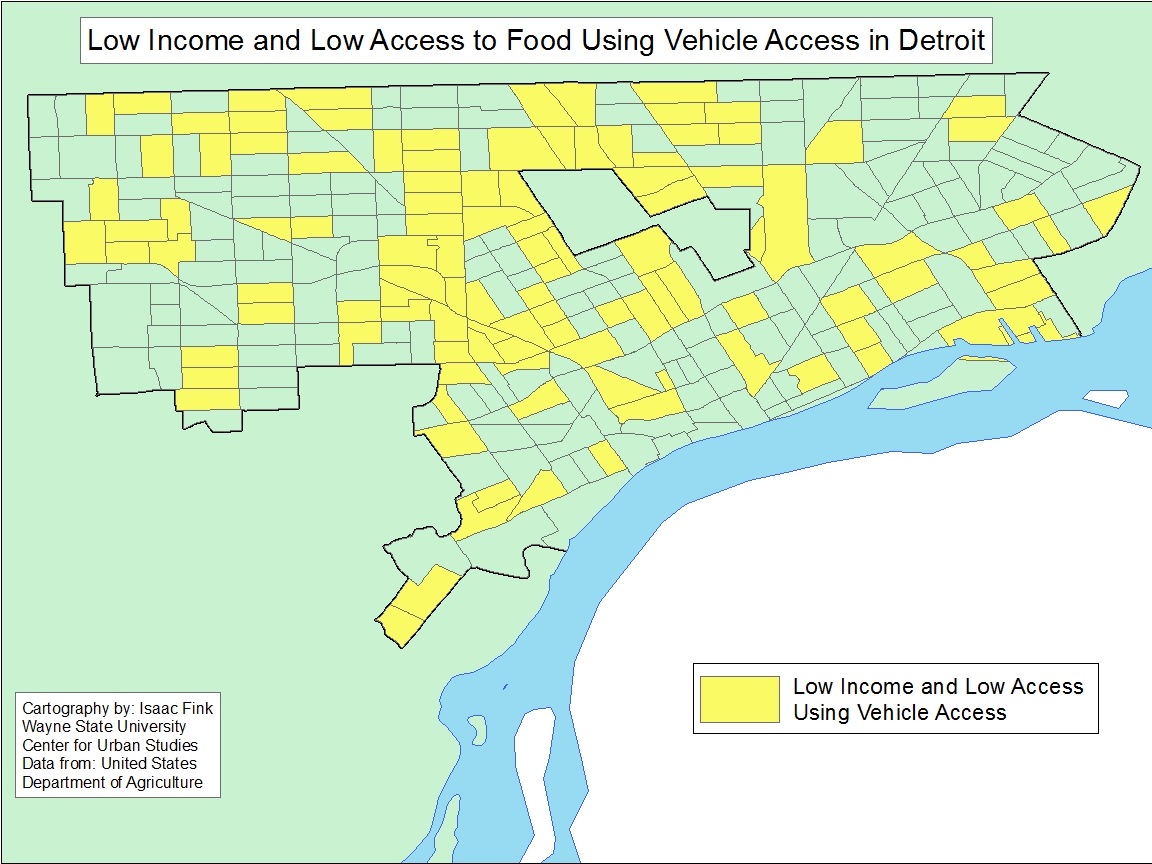- Detroit and Wayne County suffered the loss of populations between 2015 and 2016, while some of the region’s outermost communities experienced growth;
- The unemployment rate decreased at the State and local levels(monthly);
- Regionally, Livingston County’s unemployment rate remains the lowest;
- The Standard and Poor’s Case-Shiller Home Price Index for the Detroit Metropolitan Statistical Area shows home prices continue to increase monthly and annually while national mortgage rates are became higher than those throughout the State and the City of Detroit.
- Auto sales took a dip between 2016 and 2017, while employment in auto manufacturing increased




The City of Detroit remained the most populated City in Michigan, according to 2016 Census data. However, Detroit’s population numbers continued to decline. In 2016, it was reported that the City of Detroit had a population of 683,443 and in 2015 the population was at 690,074. This 6,631 person population loss was equivalent to nearly a 1 percent loss in population. Aside from Detroit remaining as the most populated city regionally, and statewide, the other four of the top five most populated cities in Southeastern Michigan were: Warren (135,069), Sterling Heights (131,674), Ann Arbor (118,087) and Clinton Township (99,193). Of all the five communities, Detroit was the only City to lose residents. Of the 210 communities for which data was available was available for, 98 lost residents between 2015 and 2016.
Overall, while population gain, and loss, between cities wasn’t extreme, the trend of some of the region’s most rural communities growing continued. For example, Greenwood Township in St. Clair County grew by about 800 people, which was about an 8 percent increase. In terms of percent change, the top 10 communities that experienced growth, ranging from percent change increases of 5.8 to 1.8 percent, were all located outside of the region’s urban centers, with the exception of Ypsilanti. This narrative is further strengthened by the fact that, at the County level, four counties that grew in population between 2015 and 2016. Those four were Oakland, Washtenaw, Livingston and Macomb counties. As the map shows, majority of the communities in these counties experienced no more than a 0.21 population loss, if a loss occurred at all. In terms of percent change, Washtenaw County grew the most at 1.13 percent, which was equivalent to an additional about 4,000 people calling Washtenaw County home. Conversely, Wayne County experienced the greatest population loss in the county at -0.64 percent, which was equivalent to about a 11, 375 people leaving the county between 2015 and 2016. Despite the population loss, Wayne County remains the most populated county in the region with 1,767,593 residents.
When examining the bigger picture, the data shows that, as a whole, Southeastern Michigan grew by about 3,700 residents between 2015 and 2016. In 2016 there were 4,716,448 residents and in 2015 there were 4,712,709.

In November of 2017 the unemployment rate for the State of Michigan was 4.6, a slight increase from the October unemployment rate of 4.5, according to the most recent data provided by the Michigan Department of Technology, Management and Budget. The State unemployment rate for November was 0.3 points below what it was in November of 2016.
The City of Detroit unemployment rate was reported to be 2.6 points lower in November of 2017 than what it was reported at in November of 2016. For November 2017 the unemployment rate was reported at 7.8; in 2016 it was reported to be 10.4.

The chart above displays the unemployment rates for each of the seven counties in Southeastern Michigan for November of 2016 and 2017. Wayne County had the highest unemployment rates for both 2016 and 2017 (5.7 and 4.5 percent, respectively). In November of 2017, Livingston County had the lowest unemployment rate at 2.8 while Washtenaw County had the lowest rate in 2016 at 2.9. By November of 2017, Washtenaw County’s unemployment rate increased to 3.1. In November of 2017, Washtenaw and Monroe counties were the only two in the region that had unemployment rates higher than in November of 2016.
Wayne and St. Clair counties were the only two in the region with unemployment rates at or above 4 percent in 2017.
Wayne County had the largest unemployment rate decrease between November 2016 and 2017 at 1.3. In November of 2017 Wayne County had a unemployment rate of 4.5, and in 2016 that rate was 5.7.

Data on the national, state and local average 30-year mortgage interest rates show rates increasing across all three from September to December. These rates were provided by bankrate.com, which does a national survey of large lenders on a weekly basis. As a 30-year fixed rate mortgage is the most traditional form of home financing, we chose it to show the rate differences.
It was the national interest rate with the highest average for in December of 2017 at 4.09, which was 1.1 points higher than the last time we examined this data, which was in September of 2017 .
In December of 2017 Detroit’s average 30-year fixed mortgage interest rate was 4.03, a rate that was higher than the state average. It showed an increase after declining from March through September.

The above charts show the Standard and Poor’s Case-Shiller Home Price Index for the Detroit Metropolitan Statistical Area. The index includes the price for homes that have sold but does not include the price of new home construction, condos, or homes that have been remodeled.
According to the index, the average price of single-family dwellings sold in Metro Detroit was $117,850 in November 2017; this was $1,170 higher than the average family dwelling price in May. Also, the November 2017 price was an increase of $8,060 from June of 2016 and an increase of $14,440 from November of 2015 and an increase of $20,560 from November of 2014.

According to data from a recent Wall Street Journal article, overall year-to-date auto sales for the Ford Motor Company, General Motors and Chrysler all declined between 2016 and 2017. This data includes sales of domestic and import cars and trucks. Chrysler suffered the biggest hit, according to the data, with an 8.9 percent total decrease in sales. Ford suffered a .9 percent decrease in sales and General Motors suffered a 1.4 percent decrease.
Of all the automotive companies, American and international, General Motors had the largest percent of market share in 2017 at about 17 percent with about 3 million sales.

Between 2010 and 2017 employment in both the motor vehicle and motor vehicle parts manufacturing employment sectors has grown in the Detroit Metropolitan Statistical Area. In 2010 there were 45,100 employees in the motor vehicle employment manufacturing sector and 18,400 in the motor vehicle parts manufacturing sector for an over all total of 63,500. By 2017 there 71,500 employees in the motor vehicle manufacturing employment sector, a number that has steadily increased over the last eight years. For the motor vehicle parts manufacturing sector there were 27,100 employees. The total across both sectors in 2017 was 98,600. So, compared to 2010, these two have increased overall by 35,100, more than 50 percent. However, the rate of increase for vehicle manufacturing has slowed, while the rate for parts manufacturing has stabilized, after a slight drop.
